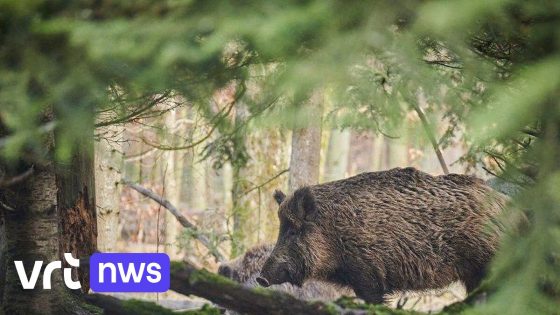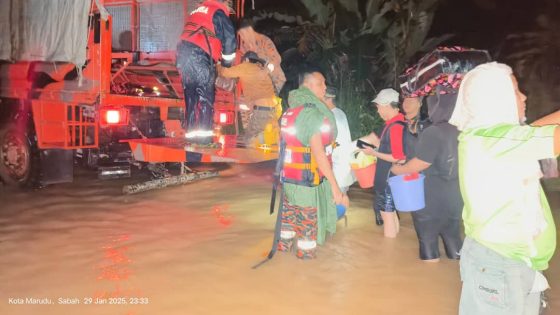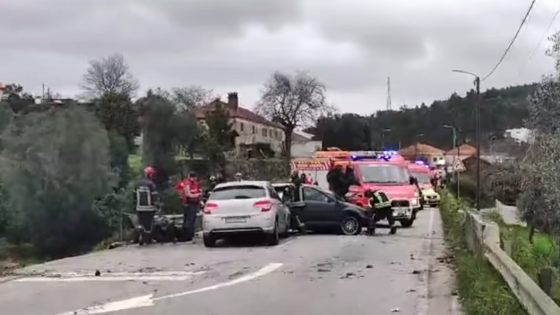On January 24, 2025, Oud-Heverlee will host its first wild boar drive of the year. Are you hearing loud noises near Meerdaalwoud? Don’t worry; it’s just hunters managing wildlife populations. Regiobeheerder Patrick Huvenne assures that these hunts are conducted quietly in Flanders.
- No panic over sounds in Meerdaalwoud
- Silent drives used in Flemish hunting
- Human movement directs wildlife during hunts
- Wild boar population control is necessary
- Collaboration with farmers and landowners essential
Understanding the Importance of Wild Boar Drives in Belgium
Why are wild boar drives necessary? These events play a crucial role in maintaining ecological balance. Without them, wild boar populations can grow rapidly, leading to significant issues for both nature and agriculture.
The Process Behind Silent Wild Boar Drives Explained
The method of conducting silent drives involves a group of people known as “drijvers” walking calmly through the forest. This movement encourages wild animals to gather at specific locations where hunters wait. Unlike other countries that use noise-making devices, Belgium focuses on quieter methods to minimize stress on wildlife.
The Role of Agriculture in Wild Boar Management
Agriculture plays a significant part in determining how many wild boars can be safely managed each year. Farmers often report damages caused by these animals, prompting discussions with local authorities about population control measures.
- Agricultural damage from wild boars is a growing concern.
- Crops can suffer if populations aren’t kept under control.
- Collaboration between farmers and wildlife managers is vital.
- Sustainable practices ensure long-term ecological health.
Community Impact of Wild Boar Drives
The community’s response to these drives is generally positive when they understand their purpose. By keeping animal populations balanced, residents can enjoy safer outdoor spaces and healthier ecosystems. How do you feel about hunting as a means of wildlife management?
































